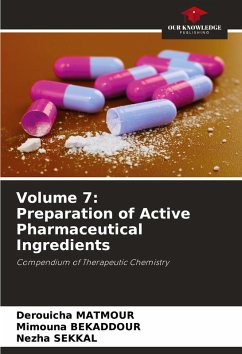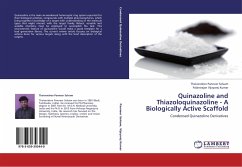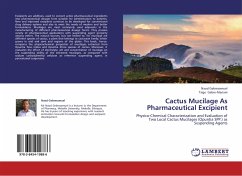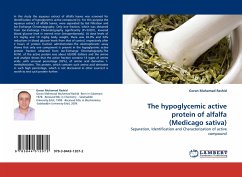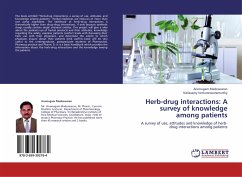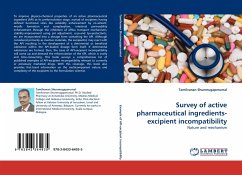
Survey of active pharmaceutical ingredients-excipient incompatibility
Nature and mechanism
Versandkostenfrei!
Versandfertig in 6-10 Tagen
32,99 €
inkl. MwSt.

PAYBACK Punkte
16 °P sammeln!
To improve physico-chemical properties of an active pharmaceutical ingredient (API) at its preformulation stage, myriad of excipients having defined functional roles like solubility enhancement by co-solvent, micells formation and complexation, intestinal permeability enhancement through the inhibition of efflux transport mechanisms, stability-improvement using pH adjustment, cryo-and lyo-protectants, etc are incorporated into a dosage form containing the API. Although considered primarily as inactive materials, the excipient(s) may react with the API resulting in the development of a detrimen...
To improve physico-chemical properties of an active pharmaceutical ingredient (API) at its preformulation stage, myriad of excipients having defined functional roles like solubility enhancement by co-solvent, micells formation and complexation, intestinal permeability enhancement through the inhibition of efflux transport mechanisms, stability-improvement using pH adjustment, cryo-and lyo-protectants, etc are incorporated into a dosage form containing the API. Although considered primarily as inactive materials, the excipient(s) may react with the API resulting in the development of a detrimental or beneficial substance within the API-loaded dosage form itself. If detrimental substances are formed, then, the issue of API-excipient incompatibility will come up and demand the reformulation of the API, which is costly and time-consuming. This book surveys a comprehensive list of published examples of API-excipient incompatibility relevant to currently or previously marketed drugs. With this coverage, this book also provides first-hand information on the multicomponent nature and complexity of the excipients to the formulation scientist.



